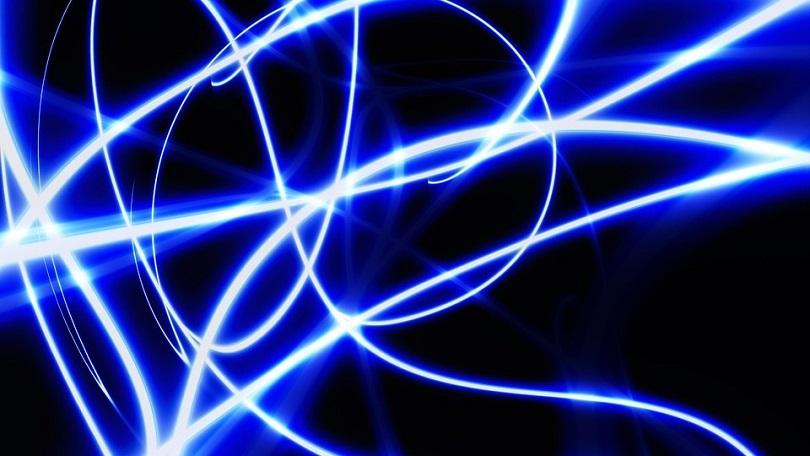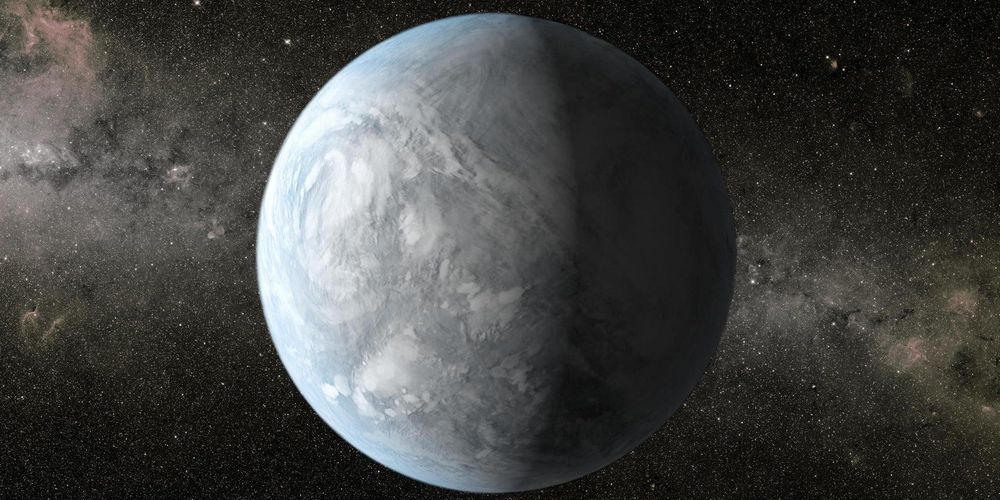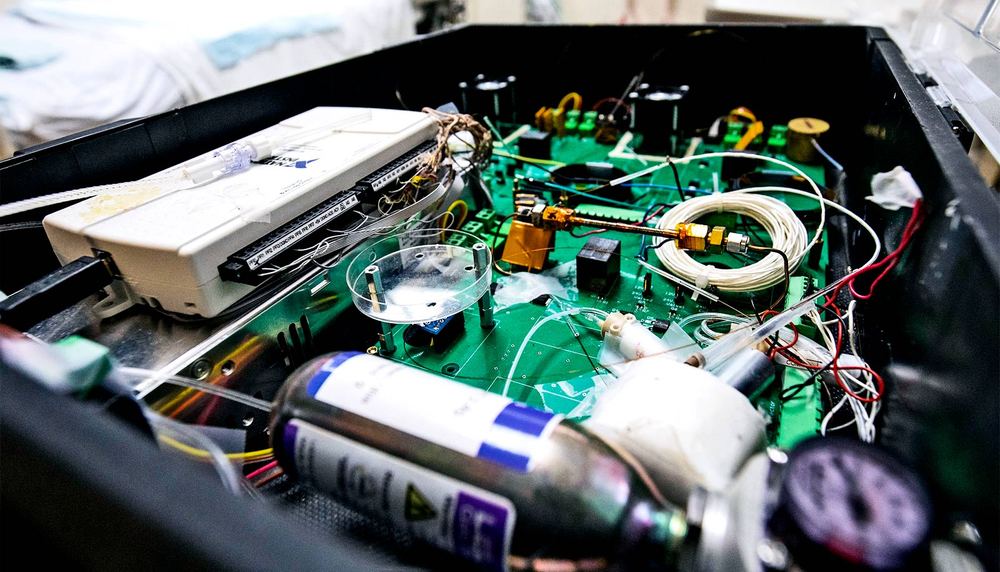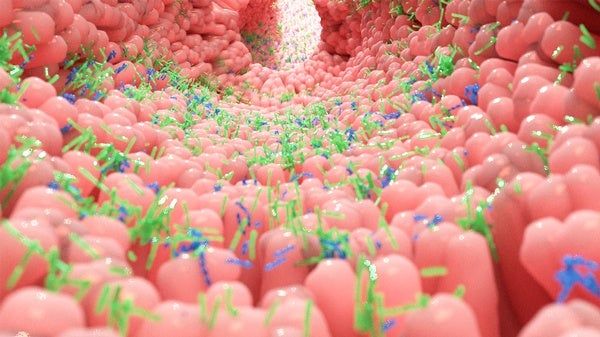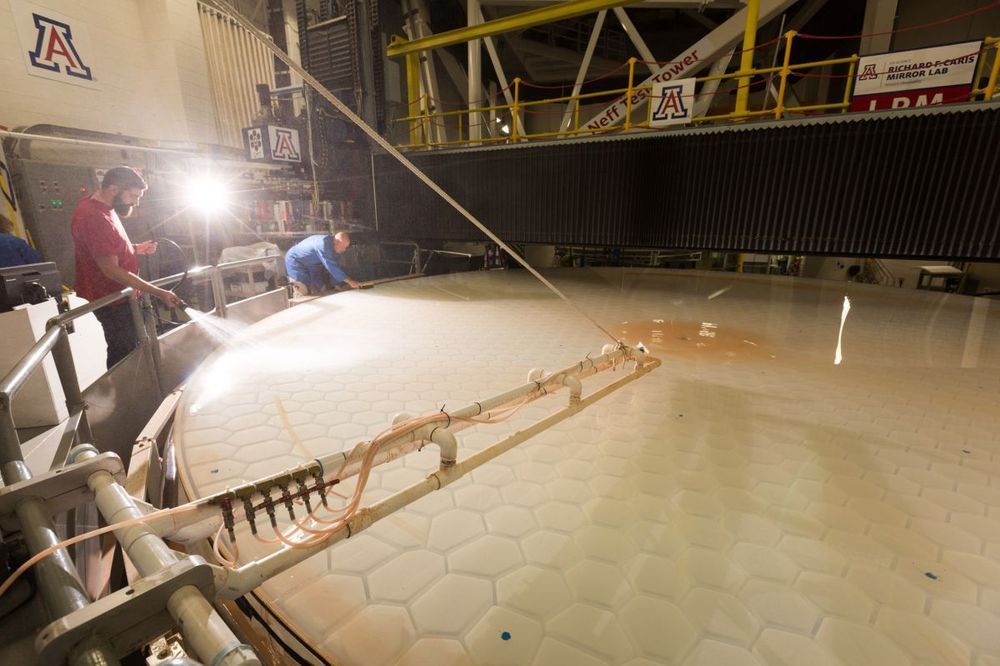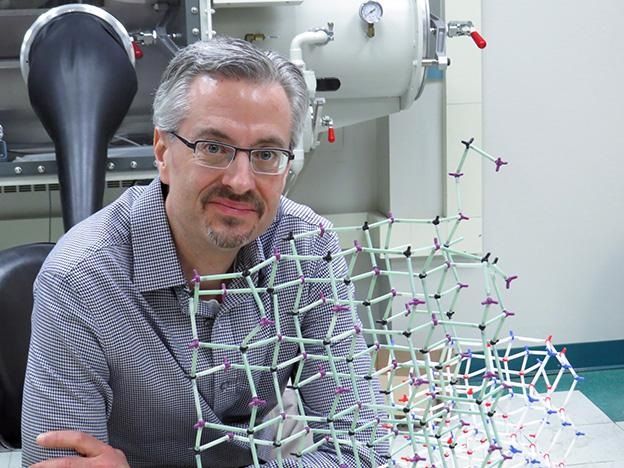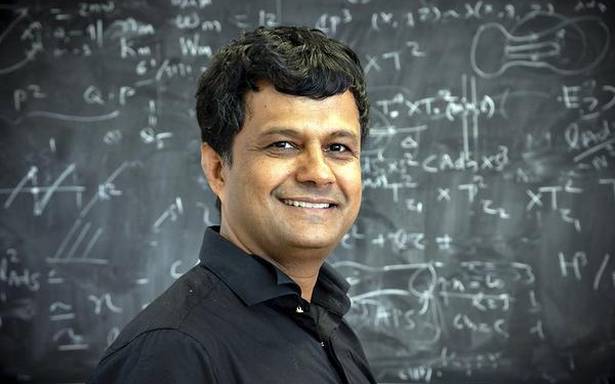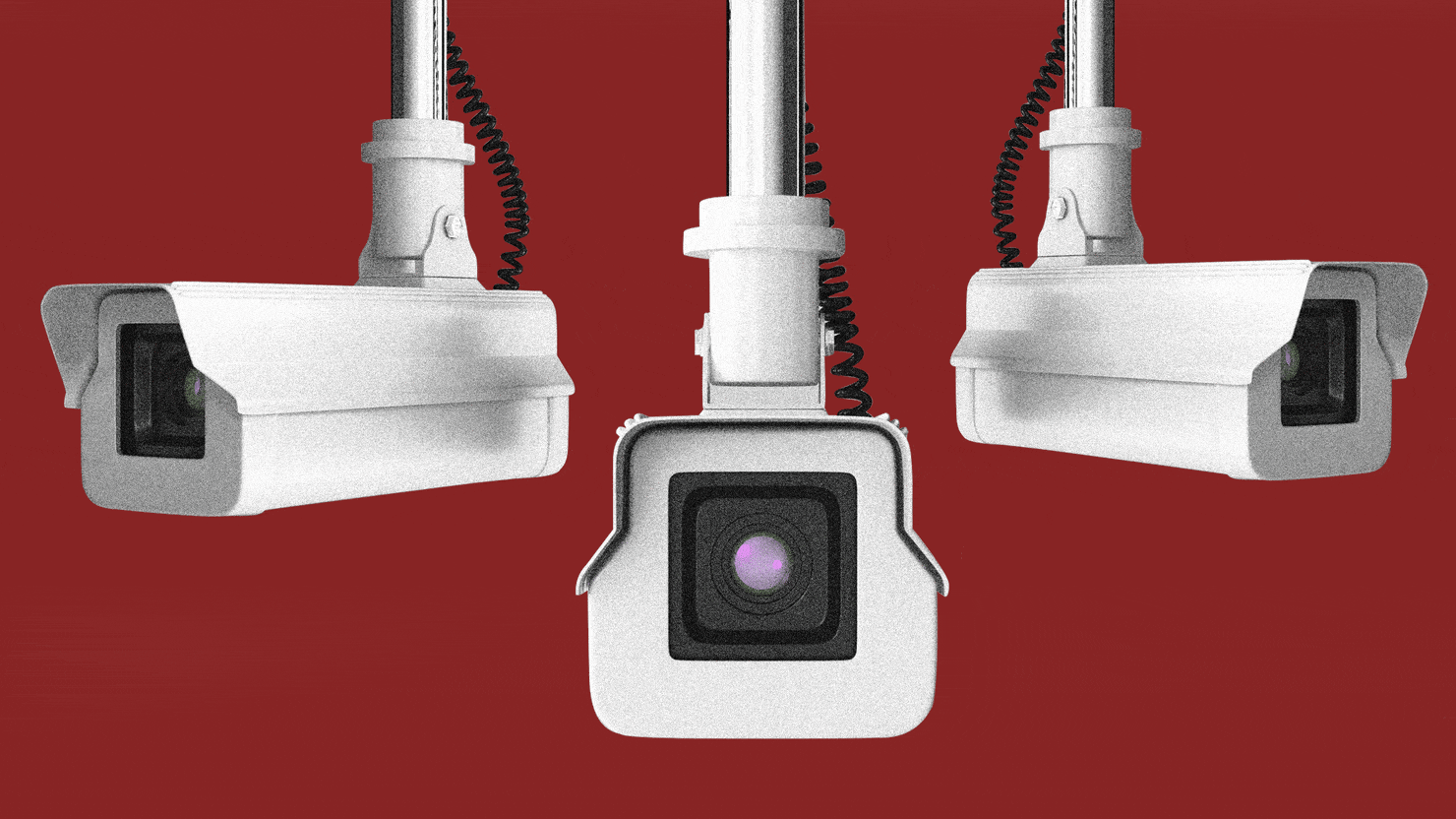In 1948, physicist Leonard Eisenbud proposed a particular way of transmitting the waves to overcome this. But not until now have researchers made it happen.
By Michael Slezak.
It’s a call with no response. A new way of creating waves – whether of light, radio or sound – that don’t echo promises to improve everything from your Wi-Fi signal to medical imaging to shining lasers through space.
As a wave travels – think of light shining through water, for example – it can become scattered. This is a problem in telecommunications: if you send digital signals down a very long optical fibre, the pulses can get stretched out, and 1s can start to blend into 0s.

